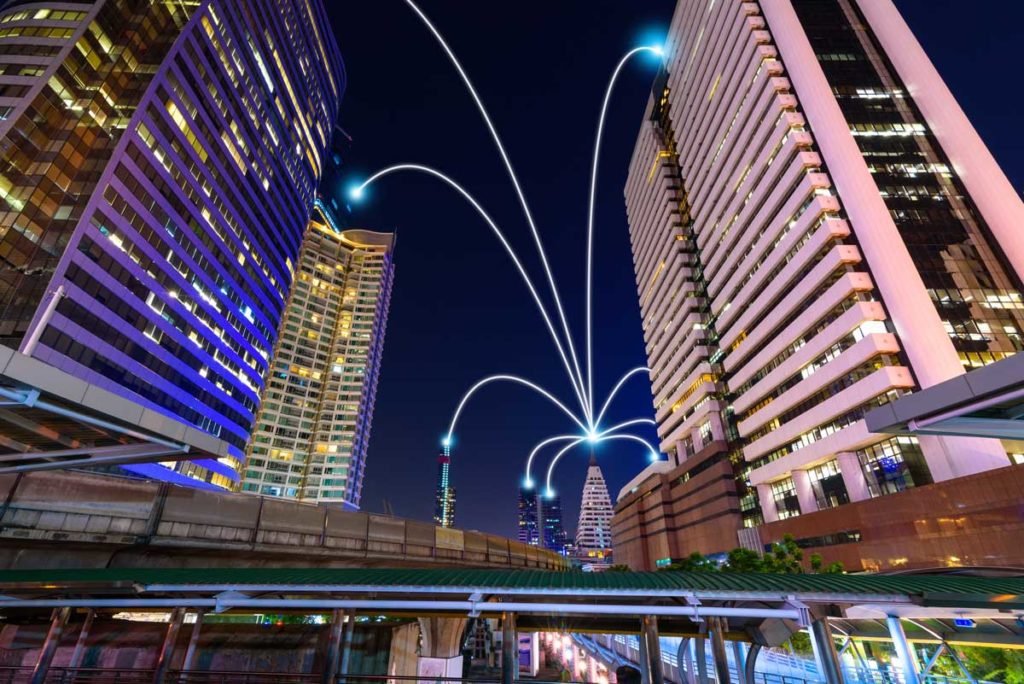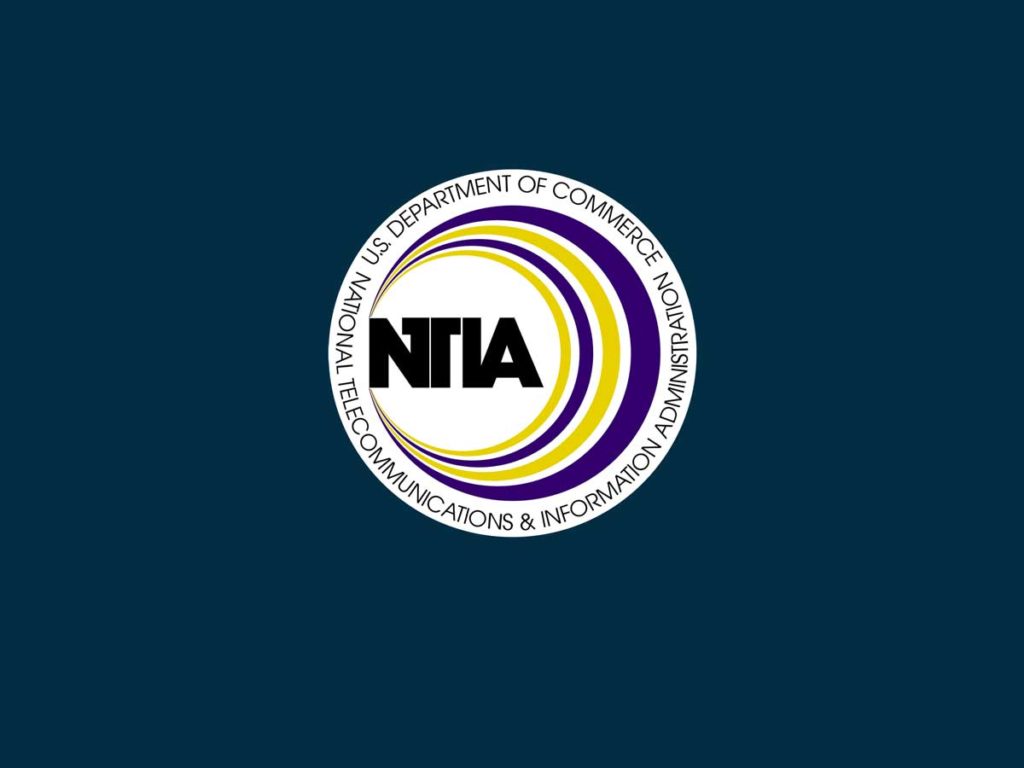To most ordinary folks, $42.45 billion is a lot of money. In fact, it probably seems like an unimaginably big number. However, this figure, however generous it might seem, may be far from sufficient to satisfy the purpose for which it has been provided.
The IIJA – The Infrastructure, Investment and Jobs Act 2021, included the Broadband Equity, Access, and Diversity Program (BEAD). Under BEAD, these billions would be disbursed by the National Telecommunications and Information Administration (NTIA), a division of the U.S. Department of Commerce.
Under this state-run funding program, mandated by the federal Act, $42.45 billion was designated to develop infrastructure and improve internet access in underserved communities, including historically marginalized people, rural regions, and First Nations communities.
While the aim is laudable and much needed (it’s been estimated that over 10% of Americans lack access to any broadband provider) this money will only make a tiny dent in the infrastructure funding that may prove necessary if the US is to compete with the world’s leading nations for broadband access and speed.
Incidentally, in the broadband speed league table, the top spots are currently held by Jersey and Lichtenstein which certainly demonstrates that wealth and minimal geographical reach make such provision a much easier ask. America’s major problem is its size, including vast regions containing comparatively tiny populations, often very spread out. For instance, Wyoming has just 580,000 residents at the last census yet covers almost 98,000 square miles.
How Much Would Ending the Digital Divide Cost?
Fiber optic cabling has long been the best choice for high-speed, future proof broadband supply. It doesn’t necessitate erecting thousands of unsightly towers, it doesn’t require carve-outs of radio spectrum frequency, and the technology is relatively straightforward.
And it’s fast – exceptionally fast. Given that its pulses of data move at the speed of light through fiber cables, it’s hard to imagine anything faster. Admittedly, things slow when these pulses meet regional data centers and domestic routers. In practice, fiber optic networks in the US deliver an average speed of over 127 Mbps (download), although some states, including Maine and New York top 190 Mbps.
But this level of performance comes at a premium. Not only are there supply chain shortages pushing up the cost of components and cable, but the cost of below-ground installation is far from cheap. The US Department of Transportation estimates this cost at around $27,000 per mile.
Cable itself is quoted as costing between $1 and $6 per foot, depending on how many fiber strands are woven together, but it seems reasonable to price any truly future-proof solution towards the higher end of the scale.
This is particularly evident when you look at the producer price index (PPI) for fiber cable, which has shot up by over ten points in the last year (over 9%). For the sake of a “back of an envelope” estimate, let’s set our cost per mile at $4 per foot of cable.
Installation cost per mile = $27,000
Fiber cost per mile = $15,840
Total = $42,840
If these were the only costs associated with laying fiber cable, that price tag could be fearsome enough, but this doesn’t include other the cost of other components, plus transportation, maintenance, and repair costs.
If we round the cost up to $50K per mile to allow for additional expenses, then $42 billion funds 849,000 miles of cable-laying. Sounds generous, doesn’t it?
The Reality of Bridging the Digital Divide
Let’s look at the problem another way and revisit Wyoming. In 2019, the Northern Arapahoe Nation’s Wind River Reservation received $4 million from the Federation Communications Commission from its Connect America Fund. This, presumably with other financial support, enabled the laying of half a million miles of fiber by 2022, connecting around 5000 homes.
You can see the problem. The Wind River Reservation project, although much-needed to serve the stated aims of the Connect America program (and in line with BEAD program priorities) required half a million miles of cable to connect 5000 people in one comparatively small geographical area (3,438 square miles). The national carrier (Union Wireless) worked with Wind River Internet (the tribe’s own ISP) to develop their connectivity program, which has so far serviced around half the homes on the reservation, and aims to complete within a decade.
The Wind River cable lay alone would have eaten up over half the whole budget of the BEAD program’s $42 billion at the commercial rates listed above, meaning that much of the cost must be borne by the broadband carrier, with the hope of eventual recoupment through subscription fees. That’s a big ask.
In very rural communities in large geographical areas like Wyoming, Alaska and Oklahoma, the cost to benefit ratio may be impossible to justify without further Federal subsidy.
This is often called the “Last Mile” problem – there simply aren’t enough potential subscribers to defray the local costs of network expansion without subsidy. While there are other subsidies which may help, including the CARES infrastructure funding and ARPA’s Capital Projects Fund, these monies are still far from adequate to complete the ambitious plan to create a fully connected America.
What Would it REALLY Cost to Bridge the Digital Divide?
The Brookings Institution claim that the FCC’s original broadband infrastructure estimate of $80 billion may not be sufficient. In a recent article they claim, “the infrastructure bill combined with funding from pandemic legislation may achieve nearly universal access, although likely not enough to cover long-term operating costs in hard-to-reach areas.”
Others estimate the true cost of digital equity will prove much higher. As reported by the Daily Dot, Johnny Park, Wabash Heartland Innovation Network’s CEO, put a much starker price tag on the problem. Giving evidence at a congressional hearing, Park said, “our expectation is about $150 billion.”
Other estimates prove even more dramatic, with a Tufts University study coming in at $240 billion. That’s almost six times the funding that’s currently available.
Carriers cannot be expected to operate at a loss, even to achieve laudable and vital social aims. It seems likely that a significant level of investment will be required to achieve and maintain the intended high-performance and future-proof broadband network that the Biden administration’s infrastructure bill was designed to provide.
One final point that cannot be ignored, and a factor that money unfortunately cannot wholly solve, is the delays and lead times for fiber installs right now. Corning reported last year that they are months, and in some cases, years behind on delivering the kind of volume needed to fulfill our need for fiber cable. Orders for switches and other hardware are up to seven quarters from fulfillment, not to mention the vast shortage of labor resources for the actual hands-on work. With all that said, fiber is a long way off. Care to discuss an alternative?


